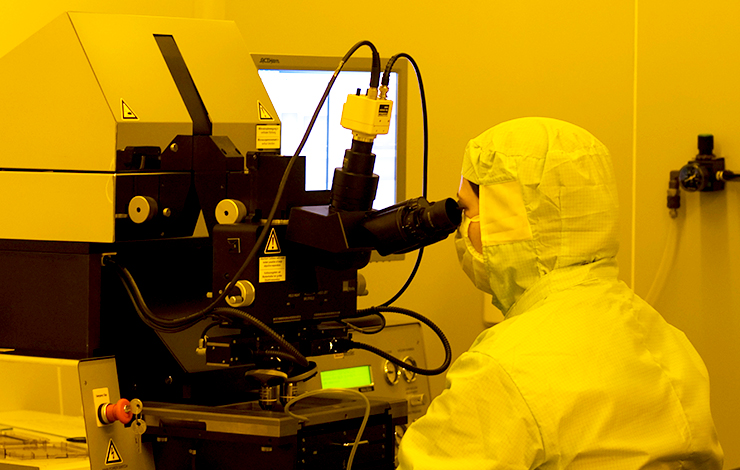


Confinement of thermoresponsive microgels into fibres: Via colloidal electrospinning: Experimental and statistical analysis
| Title | Confinement of thermoresponsive microgels into fibres: Via colloidal electrospinning: Experimental and statistical analysis |
| Publication Type | Journal Article |
| Year of Publication | 2016 |
| Authors | Marques SCS, Soares PIP, Echeverria C, Godinho MH, Borges JP |
| Journal | RSC Advances |
| Volume | 6 |
| Pagination | 76370-76380 |
| ISSN | 20462069 |
| Keywords | Acrylic monomers, Carrier material, Electrospinning, Fibers, Functional polymers, Gels, Hydrodynamic diameter, Light scattering, Poly-n-isopropyl acrylamide, Polymeric networks, Processing variables, Response surface methodology, Scanning electron microscopy, Spinning (fibers), Statistical methods, Stimuli-responsive microgels, Thermo-responsive |
| Abstract | The strategy of confining stimuli-responsive microgels in electrospun fibres would allow the fabrication of polymeric networks that combine the microgels swelling ability and properties with the interest features of the electrospun fibres. Colloidal electrospinning is an emerging method in which fibres containing microgels can be produced by a single-nozzle and designed through the solution carrier materials. The incorporation of poly(N-isopropylacrylamide) (PNIPAAM) and PNIPAAM-chitosan (PNIPAAM-CS) in poly(ethyleneoxyde) (PEO) fibres via colloidal electrospinning producing composite fibres was the main purpose of the present work, which was confirmed by means of Scanning Electron Microscopy (SEM). Dynamic light scattering was used to analyse the microgels hydrodynamic diameter ranging up to 900 nm depending on the composition and temperature of the surrounding medium. By performing a statistical analysis the relationship of the processing variables over the fibre size was evaluated following the response surface methodology (RSM). From the set of parameters aimed to minimize the fibre diameter, composite fibres with an average diameter of 63 nm were produced. Only the as-prepared microgels with higher monodispersity provided "bead-on-a-string" morphologies. © The Royal Society of Chemistry 2016. |
| URL | https://www.scopus.com/inward/record.uri?eid=2-s2.0-84983344805&doi=10.1039%2fc6ra12713d&partnerID=40&md5=3576e407cc1029d140ad91df14757fa3 |
| DOI | 10.1039/c6ra12713d |








